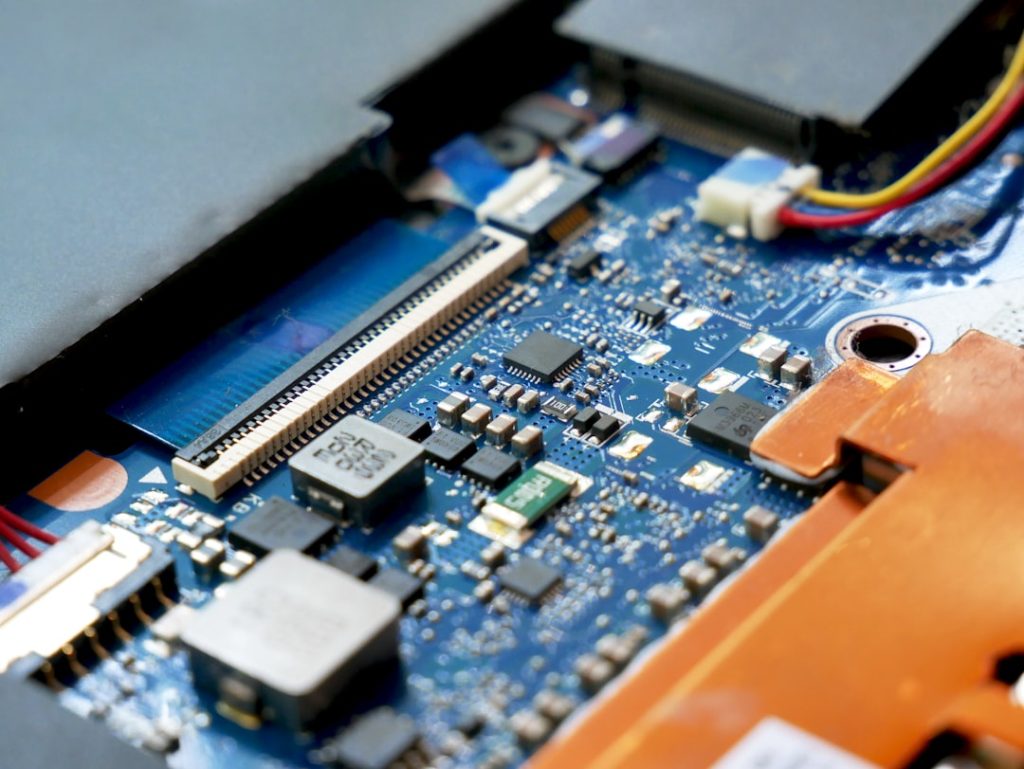When building or upgrading a PC, one of the foundational decisions you’ll need to make is choosing the right motherboard size. Two of the most commonly discussed options are ATX and E-ATX motherboards—but what’s the difference, and which one is right for your needs? Let’s explore these two popular form factors and uncover the pros and cons of each.
TL;DR
ATX and E-ATX motherboards differ mainly in size and feature support. ATX is more standard and fits more cases, offering a solid mix of features and compatibility. E-ATX is larger and suited for high-performance builds with more RAM slots, GPUs, and cooling configurations. Choose E-ATX for enthusiast setups, and ATX for a balanced, versatile build.
What Is ATX?
The ATX (Advanced Technology eXtended) form factor is the industry-standard full-size motherboard layout introduced by Intel in 1995. An ATX motherboard typically measures 12 x 9.6 inches (305 x 244 mm). Designed for a wide range of users, ATX motherboards strike a balance between expandability, cost, and compatibility.
Here are some key features of ATX boards:
- Standard compatibility – Fits into most mid-tower and full-tower PC cases.
- Good expansion – Typically includes 4 RAM slots and multiple PCIe slots for graphics cards and other peripherals.
- Wide availability – Supported by all major motherboard manufacturers and available in a variety of chipset options for AMD and Intel CPUs.
What Is E-ATX?
E-ATX stands for Extended ATX, and as the name suggests, it’s a larger version of the standard ATX motherboard. E-ATX boards usually measure 12 x 13 inches (305 x 330 mm), although dimensions may vary slightly by manufacturer since there’s no strict industry standard.
What sets E-ATX apart includes:
- Increased expandability – More PCIe slots, up to 8 RAM slots, and enhanced support for multiple GPUs.
- Enhanced power delivery – Ideal for overclockers and enthusiasts building high-performance rigs.
- Advanced features – Often includes more I/O ports, larger VRM heatsinks, and better onboard audio solutions.
Due to its increased size and features, E-ATX boards are usually found in enthusiast-class systems.
Side-by-Side Comparison
| Feature | ATX | E-ATX |
|---|---|---|
| Dimensions | 12 x 9.6 inches | 12 x 13 inches (varies) |
| RAM Slots | Up to 4 | Up to 8 |
| PCIe Slots | 2-3 (typical) | 3-6 (or more) |
| Case Compatibility | Wide compatibility | Requires a full tower or larger case |
| Cost | Mid-range | Expensive |
| Use Case | General, gaming, workstation | Enthusiast, high-end workstation, extreme gaming |
Case Compatibility
One of the first things you need to consider when choosing between ATX and E-ATX is whether your PC case supports the motherboard size. Most mid-tower cases support ATX motherboards, but may not fit E-ATX boards due to the extra width.
An E-ATX motherboard can spill into cable routing channels or even block the installation of some storage bays if the case isn’t designed for it. If you plan on using an E-ATX motherboard, you’ll want to look for a full-tower chassis with explicit support for E-ATX form factors.
Performance and Expansion
ATX motherboards offer decent performance for most users, especially gamers and general productivity users. However, for those who demand maximum performance and expansion, E-ATX boards unlock the door to more powerful configurations:
- Support for dual- or triple-GPU setups with enough space and bandwidth for each PCIe device.
- Accommodates up to 8 DIMM slots for larger RAM capacity, often up to 128GB or more.
- Usually has better VRM (Voltage Regulator Module) setups for stable overclocking of high-core CPUs.
- More M.2 slots and SATA ports for ample storage connectivity.
Keep in mind, though, that tapping into all these benefits requires the rest of your hardware to match—like higher wattage power supplies and efficient cooling solutions.
Price Differences
Price is another crucial factor. Generally speaking:
- ATX motherboards cover a broad range—from budget options under $100 to premium boards over $300.
- E-ATX boards are often pricier, typically starting around $250 and going up from there, sometimes exceeding $700 with all the bells and whistles.
Why the extra cost for E-ATX? You’re paying for additional features, improved power delivery, enhanced cooling, and sometimes niche appeal—all features that matter only if you genuinely need them.
Ideal Use Cases
Still unsure which one to choose? Let’s break it down by activity type:
- Gaming: An ATX motherboard is usually sufficient, even for high-end graphics cards and overclocking.
- Content Creation: If you’re using multi-core CPUs and need more RAM or NVMe SSDs, an E-ATX board can give you more freedom.
- Workstations: Professionals using 3D rendering, data analysis, or simulation software will benefit from the added expandability of E-ATX.
- Budget Builds: Stick to ATX or even Micro-ATX for better value without sacrificing too much in performance.
Conclusion: Which Should You Choose?
Both ATX and E-ATX have their merits. If you’re looking for a well-rounded build that requires only a moderate number of PCIe and RAM slots, the standard ATX motherboard will meet your needs. It’s compatible with a wide variety of cases and won’t stretch your budget too far.
On the other hand, if you’re a power user, gamer with multi-GPU ambitions, or creative professional needing large RAM pools and advanced features, an E-ATX motherboard can elevate your setup significantly—just make sure your case and other components are up for the challenge.
When in doubt, always check your case’s specifications and plan ahead based on your goals. The more clarity you have about the kind of system you’re aiming for, the easier it will be to pick the right form factor to anchor your build.
Final Thoughts
Your motherboard isn’t just a housing for components—it’s a foundation that defines what your PC can do. Whether you pick ATX or E-ATX, make sure it aligns with your performance needs, spatial limitations, and budget range. As with many PC building decisions, there’s no one-size-fits-all—just the size that fits you best.

